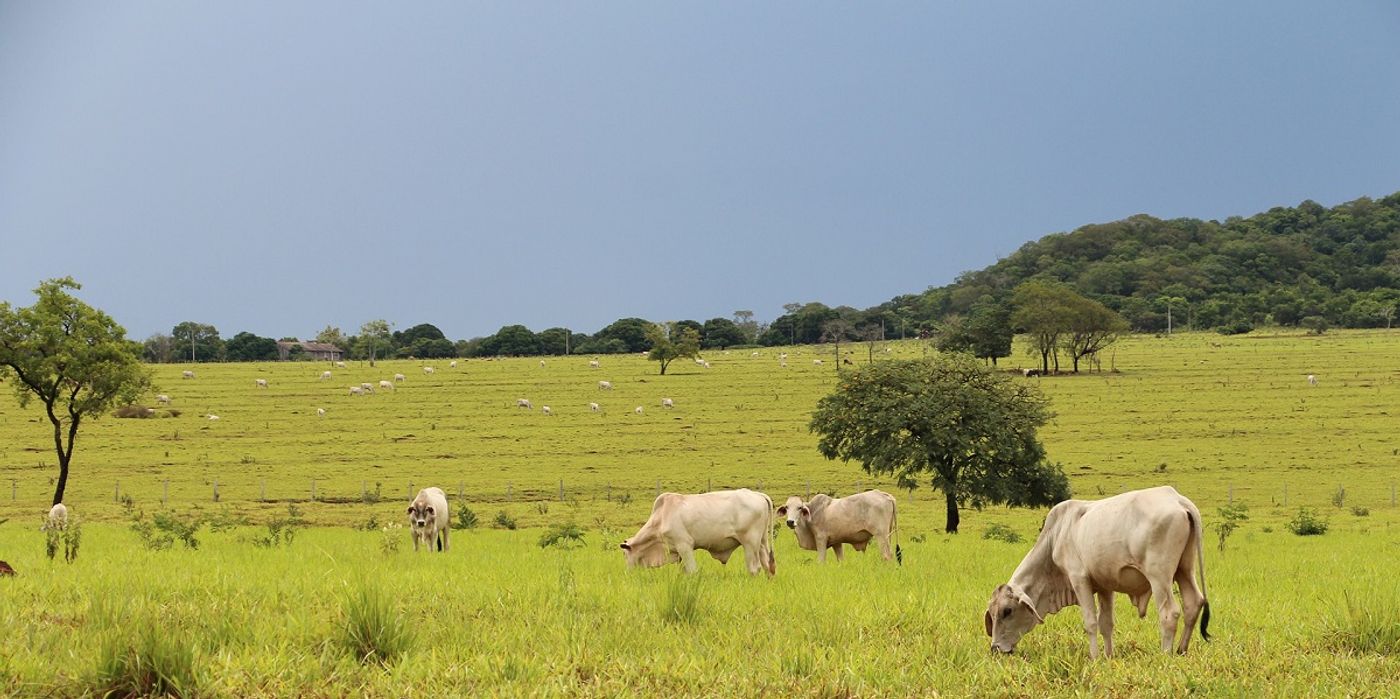Silvopasture: Trees Providing Cooling in a Warming World
As climate change continues to warm the planet, it will become more important to take advantage of the environmental services trees provide, especially in tropical areas that already experience dangerously warm temperatures. In these warm areas, heat-related mortality from heatstroke and traumatic injury related to heat exhaustion are dangerous for people working outdoors. In tropical rural areas that lack access to air conditioning or reliable water access, having trees around to provide shade and evapotranspiration for local cooling is paramount for human health.
It is well documented that street trees in urban areas provide a cooling effect and that these cooling benefits are disproportionately provided in wealthier parts of cities. City planners and activists are advocating for more city street trees, and we are making progress in where to plant trees in cities, but what about rural areas with less access to air conditioning?
Often times in rural areas, trees are clear cut to make way for large fields of row crops or pasture land, but it shouldn’t always be that way. Like us, our agricultural livestock does better with shade trees. The land can be improved by keeping trees on it. Pockets of shade keep livestock cooler and healthier, tree roots can help prevent erosion and retain soil, and farmers can use trees that can provide additional crops like fruit and nuts for either human or livestock consumption or even timber. This technique of farming both tree crops and livestock on the same piece of land is called silvopasture. Larger, more dense patches of silvopasture have a greater cooling effect than sparse tree cover, so it is important to have different densities of tree cover available to livestock and agricultural workers in the hottest parts of the day. The densest woody areas can have a whole degree Celsius difference in some places, which makes a difference at the temperatures that often make people ill.
Other benefits to farmers include possible credits for carbon capture, additional or more resilient cash flows from diversifying land use and water retention in trees providing healthier forage for the livestock. The benefits to the animals also extend to the people who work with the herd, especially in the warmest remote areas where people spend all day with their herds.
Sources: Nature Communications, Environmental Research Letters, Global Ecology and Conservation, Frontiers in Ecology and the Environment









